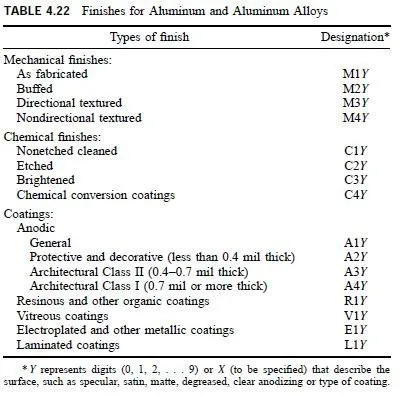Weldability and brazing properties of aluminum alloys depend heavily on their composition and heat treatment. Most of the wrought alloys can be brazed and welded, but sometimes only by special processes. The strength of some alloys depends on heat treatment after welding. Alloys heat treated and artificially aged are susceptible to loss of strength at the weld, because weld is essentially cast. For this reason, high-strength structural alloys are commonly fabricated by riveting or bolting, rather than by welding.
Brazing is done by furnace, torch, or dip methods. Successful brazing is done with special fluxes.
Inert-gas shielded-arc welding is usually used for welding aluminum alloys. The inert gas, argon or helium, inhibits oxide formation during welding. The electrode used may be consumable metal or tungsten. The gas metal arc is generally preferred for structural welding, because of the higher speeds that can be used. The gas tungsten arc is preferred for thicknesses less than 1â„2 in.
Butt-welded joints of annealed aluminum alloys and non-heat-treatable alloys have nearly the same strength as the parent metal. This is not true for strainhardened or heat-tempered alloys. In these conditions, the heat of welding weakens the metal in the vicinity of the weld. The tensile strength of a butt weld of alloy 6061-T6 may be reduced to 24 ksi, about two-thirds that of the parent metal. Tensile yield strength of such butt welds may be only 15 to 20 ksi, depending on metal thickness and type of filler wire used in welding.
Fillet welds similarly weaken heat-treated alloys. The shear strength of alloy 6061-T6 decreases from about 27 ksi to 17 ksi or less for a fillet weld.
Welds should be made to meet the requirements of the American Welding Society, Structural Welding Code Aluminum, AWS D1.2.



